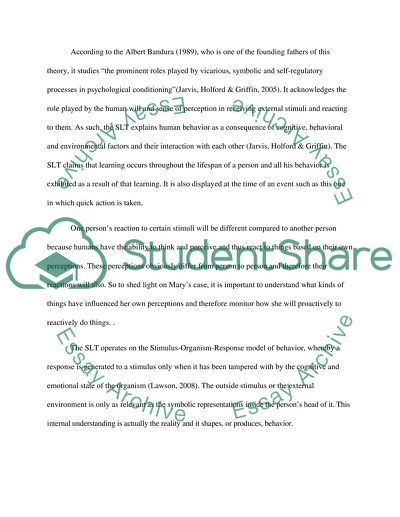Cite this document
(“Case Study: Social Learning Theory Essay Example | Topics and Well Written Essays - 1750 words”, n.d.)
Retrieved de https://studentshare.org/psychology/1391007-select-one-theory-discussed-this-semester-and-use
Retrieved de https://studentshare.org/psychology/1391007-select-one-theory-discussed-this-semester-and-use
(Case Study: Social Learning Theory Essay Example | Topics and Well Written Essays - 1750 Words)
https://studentshare.org/psychology/1391007-select-one-theory-discussed-this-semester-and-use.
https://studentshare.org/psychology/1391007-select-one-theory-discussed-this-semester-and-use.
“Case Study: Social Learning Theory Essay Example | Topics and Well Written Essays - 1750 Words”, n.d. https://studentshare.org/psychology/1391007-select-one-theory-discussed-this-semester-and-use.


